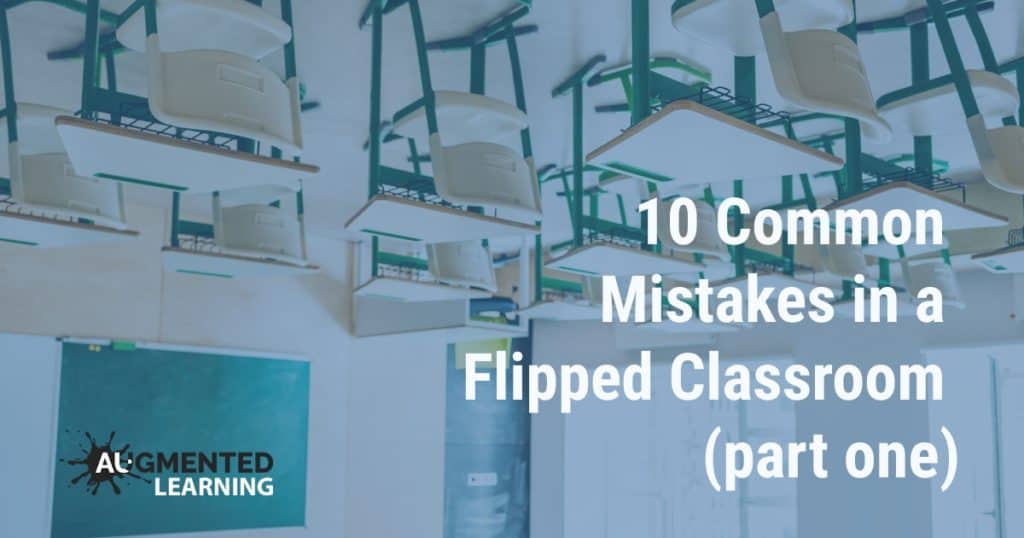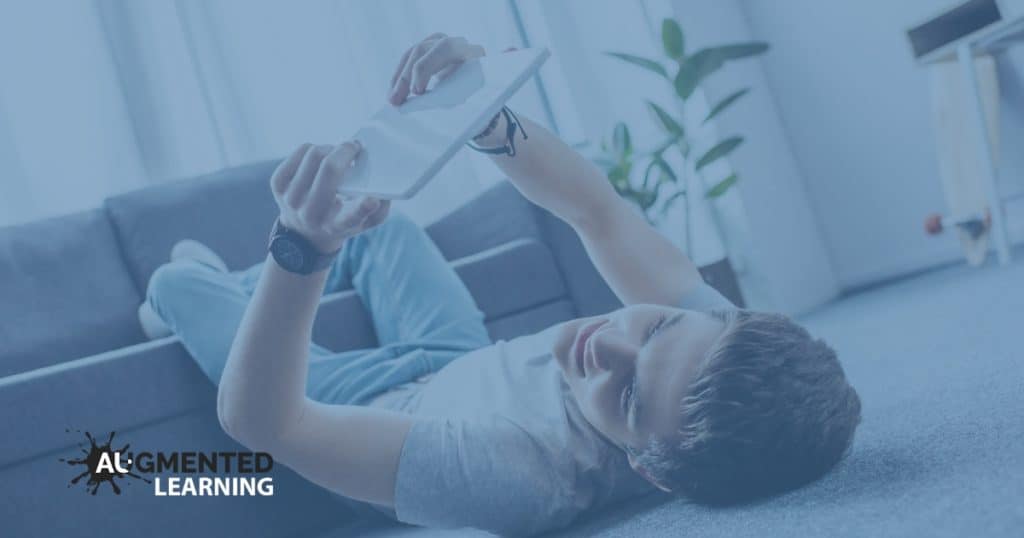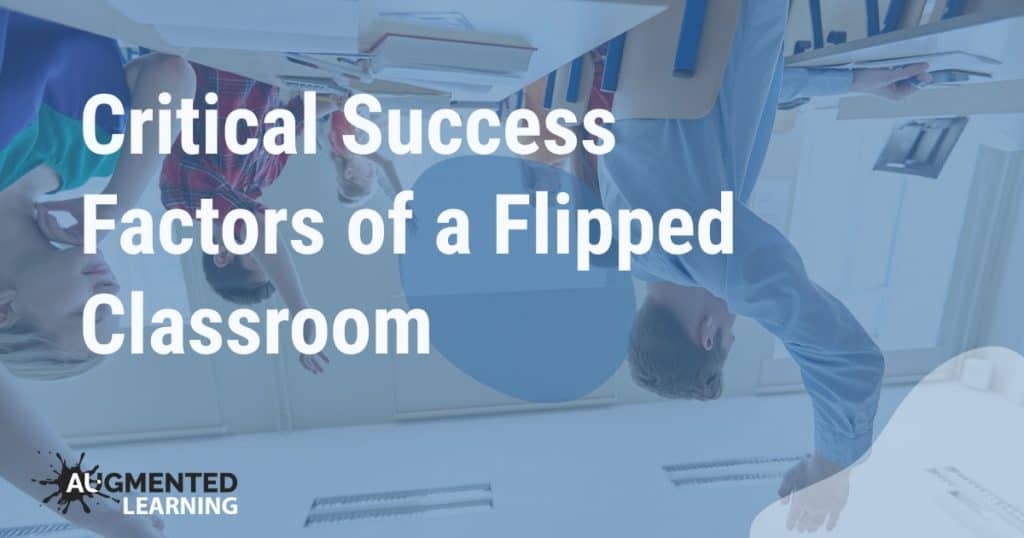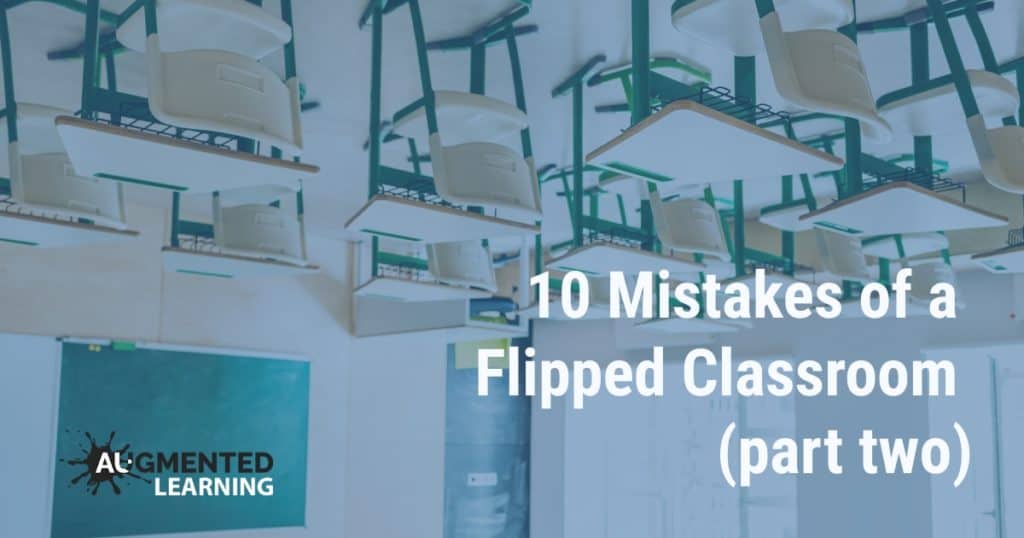10 Common Mistakes in a Flipped Classroom


Successfully implementing the flipped approach in your classroom requires more than just the recording of video lessons for students to watch outside of class. We’ve compiled a list of 10 common mistakes that beginning flipped educators fail to consider when starting out – have a read and make sure you consider these 10 things the next time you’re planning on implementing this pedagogical approach in your classroom!
Below you’ll find part one of the post where we look at the first five mistakes. Keep an eye out for part two!
1. Expecting parents to understand what this “flipping” is.
School 20 years ago was significantly different to what it is now. Very few devices, more traditional subjects, dial up internet! Parents have their own perceptions of what education looks like and how it should be done. If this is the first time your students are experiencing flipped learning, they will probably be going home to tell their parents of this different approach and how all they do is “watch videos of my teacher teaching”.
Of course, there is so much more to flipped learning and it is better to front foot your approach and let parents know all about it. Whether you call home, speak at a parent evening at the start of the academic year, or simply send an email – parents will appreciate the information and are even likely to support you in getting their kids to buy in! This task doesn’t have to be too onerous and simply letting your parents know what, why and how will be enough to ensure they are onside with this new approach.
2. Not setting expectations around your flipping.
I like to co-construct expectations with my students before we begin flipping. This includes things like: How much notice students will get to complete a video (I find sharing a video and expecting them to complete it that night is unfair), what the classroom space will look like following a flipped video (how we will repurpose the classroom and what that looks like for my students), consequences for unwatched videos (see below for more depth on this) and how I expect them to consume the video content (more on this below also).
3. Not teaching students how to consume video content.
Our students digest media a lot different to the way we do. But these approaches are often not suited to learning new concepts and content. I teach my students two critical strategies prior to flipping or first class – How to minimise distractions, and how to take notes.
Students need to make sure they are using headphones and removing any immediate distractions from site. This includes changing notification settings on their device and closing any distracting or unnecessary tabs that might be open. When they do this, they are more likely to be attentive, engaged and focused on the video lesson at hand.
From a note taking perspective, I teach them the WSQ method by Krystle Kirch. This involves watching the video, summarising the content (pausing the video when needed), then coming up with ONE key question from the content they have watched. Check out Krystle’s website to understand more about WSQ.

4. Creating your own video content.
There is a strong argument that if you’re going to explore flipped learning, you should be the face of your video content. This all comes back to the importance of teacher student relationships and when it’s you fronting the videos, students are more engaged and attentive.
However, if you’re just dipping your feet into this approach, it is much easier to try a few lessons by repurposing someone else’s content. Creating good content takes time, so test the waters first and see how it works not just for the students, but for you also!
5. Not holding students accountable for their actions.
All students have an expectation of what education should look like and how they have experienced in the past. A flipped approach could be so far removed from their idea of how they think they should learn that they don’t want to engage.
A common mistake made in this situation is that when students don’t complete the requirements you have set (such as watching a video at home) we say “ok, make sure you watch it tonight, now join back in with everyone else”. Two problems here, first it sends a message to the other students that it doesn’t matter that they didn’t complete the required work. This will lead to further disengagement with the process. And it enables the original student to continue the same behaviour, because it appears there is no consequence.
The best course of action here is to have a device or two that students can quickly use to catch up on the content before joining back in. But there still needs to be some additional consequence for them. This can be something simple such as coming back at lunchtime to summarise the video to you or having them help pack up the class. Something small that ensures they are held accountable for their actions.
—
Thanks for checking out part one of the post looking at the first five common mistakes of a flipped classroom. Keep an eye out for part two and the remaining five!







Responses